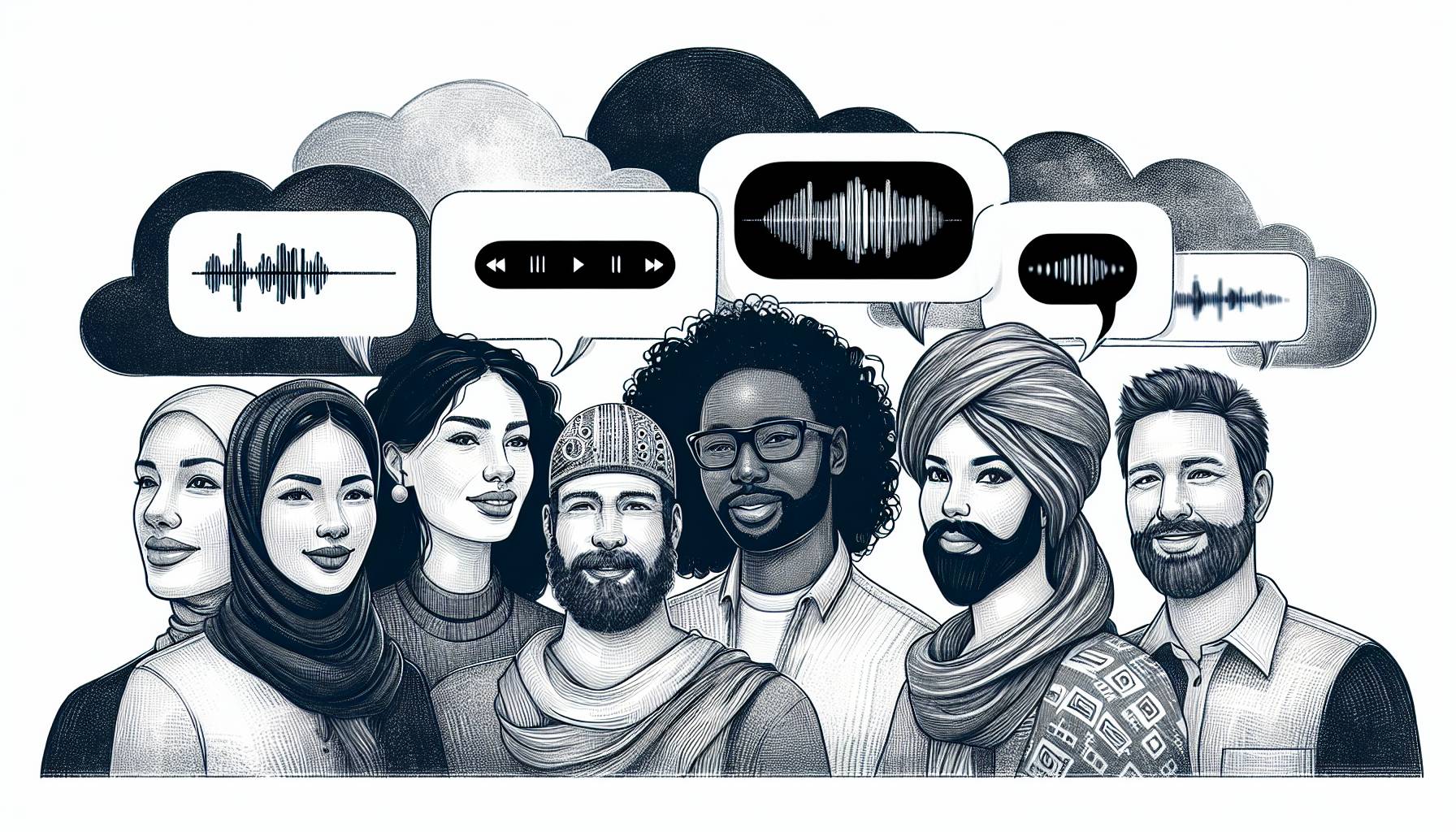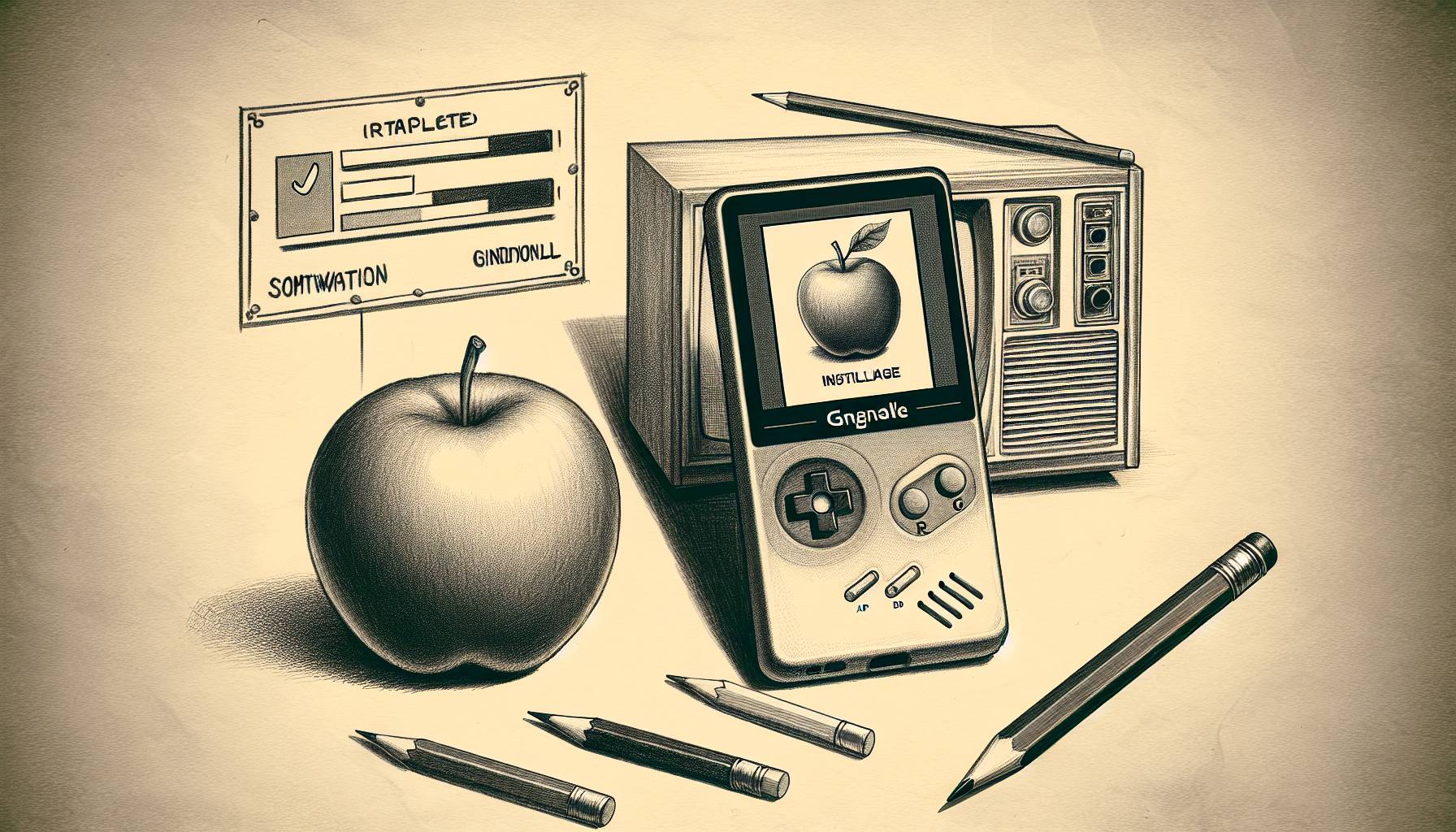A lot has changed in a year, and that was evident at the recent Google I/O Conference. The rapid success of the Android platform has ushered in a number of opportunities for developers and marketers to turn to Google. From Google TV’s long-awaited debut to the revelation of the web-based Android Market, the direction for the next year has been more clearly laid out.
This year, the conference set the stage for several app launches, with a rising interest in targeting the consumer market. Google also discussed ways in which Google TV and Android fit into the company’s larger goals. The joining factor is search and retrieval of the growing base of personal data, leveraging the countless access points the company has drilled up in the past decade.
Google TV
The highly anticipated Google TV appears to meet many of the expectations that have surrounded the service, with the company launching three devices to access it. This fall, you’ll be able to access Google TV through select Sony televisions, the Logitech set top box and the Intel chip. Google TV looks to “liberate” you from television by making it a wholly personalized experience which combines what you do on your phone and on the web.
Google has also teamed up with DirecTV and Best Buy to help you better access the Google TV service. This broad approach to devices and products has very large implications to what the future of media distribution will look like, and who will own the media platform which has the best access to consumers.
The growing number of access points and action items means tweeting about the NBA playoffs that you’re currently viewing, or emailing a video clip to your friend. What Google TV does is create an access point and sharing mechanism around all your content (and the web’s), making it available on-demand. Play Pandora as you view Flickr photos, or search web text on Wikipedia. In other words, TV isn’t TV anymore.
The apps
One way in which this movement is carried through is with Android apps. There is a growing number of lifestyle and utility app developers taking interest in the Android platform, which is an approach iPhone users have already grown accustomed to.
One direct way in which Android is providing lifstyle enhancements is with the upcoming OnStar app. GM has teamed up with Android to provide an app that can help you in an emergency, unlock your car and make an emergency phone call. With Ford SYNC having already revealed its plans for an Android app, it’s evident how central the platform is becoming for everyday consumers.
SpringPad is another such app, revealing a well-planned tool for bookmarking and automatically organizing everything in your life. From the real world to the virtual, its barcode scanners, notebooks and sharing mechanisms make you more efficient.
Another improved utility app is Documents 2 Go, which announced its upcoming 3.0 app at the Google I/O Conference. The almost $15 full version will have two-way file sync, document editing and support for Microsoft 2010 files. Sadly, it’s not expected to have all the bang-up features as the iPhone app, but it’s clear efforts are under way.
The mSpot app has also taken a multi-access point approach to make Google proud, with its cloud-based music service. The only way to appeal to all users across their several devices is to create a storage system that provides access to their own content—anywhere. The corporate interests are protected, as mSpot will charge for what you need, whether you require storage or downloads.
Web and mobile improvements
Another way in which Google may be looking to layer its web and mobile interests is through a web-based Android Market. This also helps Google to compete with Apple, which has had iTunes for PCs and Web access as well. This directly addresses several of the concerns brought up against Google’s seemingly competing presence of its Android and web platforms.
Other updates include Android 2.2, and Flash support. With the project name Froyo, this initiative will be the first mobile OS to support full Adobe Flash 10.1. It’s biggest necessity now lies in the fact that Google TV has arrived, and its plans for combining its mobile, web and television efforts means blazing-fast access to your content is a must.
Supporting multiple apps, moving between those apps and streaming media is an extremely important aspect for Google to focus on at this point. Moving forward, Google’s ability to maintain a successful implementation of its innovation means being able to aptly respond to consumer needs and demands.












